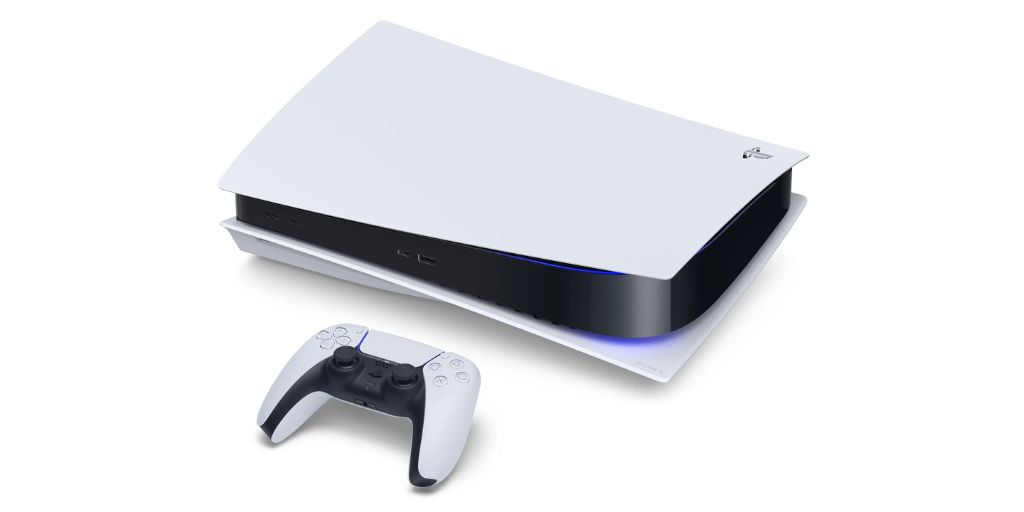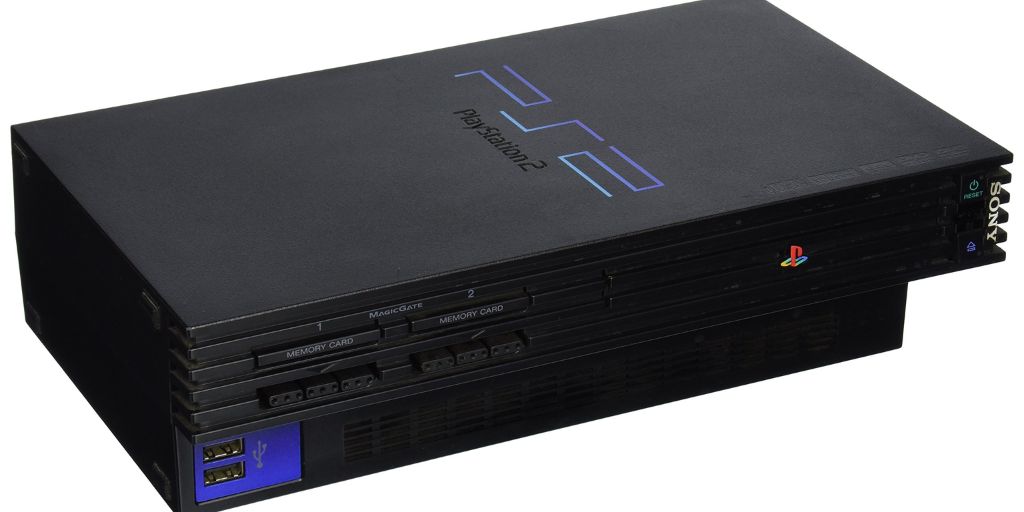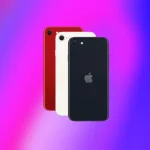From blocky sprites and chunky cartridges to photorealistic graphics and cloud-powered gameplay, gaming consoles have come a long way since the 1990s. What began as pixelated play on 16-bit machines has transformed into ultra-immersive experiences powered by teraflops and AI.
Whether you’re a longtime gamer or a newcomer to the scene, tracing the history of consoles offers insight into how gaming became a global cultural force.
Let’s take a journey through time and see how gaming consoles evolved from the 1990s to today.
🎮 The 1990s: The Golden Age of Cartridge Consoles
The 90s kicked off a golden era of gaming, marked by intense rivalries, iconic franchises, and technological leaps.
Super Nintendo (SNES) and Sega Genesis
Nintendo and Sega dominated the early 90s. The Super Nintendo (released in 1991 in North America) and Sega Genesis offered improved graphics and sound over their 80s predecessors.
They introduced now-legendary games like The Legend of Zelda: A Link to the Past, Super Mario World, Sonic the Hedgehog, and Street Fighter II.
These systems solidified the cartridge format and began the trend of home consoles being a family’s main entertainment hub.
Sony Enters the Scene: PlayStation (1995)
Sony changed the game in 1995 with the original PlayStation. It used CD-ROMs instead of cartridges, offering larger storage and cheaper production. This allowed for more complex games with 3D graphics, voice acting, and cinematic cutscenes.
Games like Final Fantasy VII, Metal Gear Solid, and Gran Turismo redefined what gaming could be—less toy, more storytelling.
🕹️ The 2000s: The Rise of 3D, Online Play, and Multimedia
The 2000s marked the transition from childhood nostalgia to full-blown multimedia entertainment.
PlayStation 2 (2000)
The PS2 became the best-selling console of all time, with over 155 million units sold. It introduced DVD playback and backward compatibility, making it not just a console, but a home media center. Its library included hits like Grand Theft Auto: San Andreas, Shadow of the Colossus, and God of War.
Microsoft Joins the Fight: Xbox (2001)
Microsoft entered the fray with the Xbox. With built-in hard drives and online functionality via Xbox Live, it pushed console gaming into the connected age. Halo: Combat Evolved became a killer app and sparked a massive franchise.
Nintendo GameCube (2001)
The GameCube didn’t reach the sales heights of its peers but introduced memorable titles like Metroid Prime, Super Smash Bros. Melee, and The Legend of Zelda: Wind Waker. It maintained Nintendo’s dedication to gameplay-first design, even if it lagged in third-party support.
🧠 The Late 2000s–Early 2010s: HD Graphics and Motion Controls
This era saw graphical improvements, online multiplayer, and a wave of innovation.
Xbox 360 and PlayStation 3
The Xbox 360 (2005) and PlayStation 3 (2006) ushered in HD gaming, downloadable content, and expanded online ecosystems. They supported digital marketplaces, streaming services, and connected social features.
Games like Call of Duty: Modern Warfare, The Last of Us, and Mass Effect became cultural landmarks.
Nintendo Wii (2006)
Nintendo took a wildly different approach with the Wii. With its motion-sensing Wiimotes, it targeted casual and family gamers, selling over 100 million units. Titles like Wii Sports, Mario Kart Wii, and Super Mario Galaxy brought new players into gaming.
Despite being less powerful, the Wii’s unique control scheme and accessible design made it a massive hit.
⚡ The 2010s: Powerful Consoles and the Digital Era
The 2010s focused on performance, digital distribution, and deeper online integration.
PlayStation 4 and Xbox One
The PS4 (2013) and Xbox One (2013) prioritized powerful hardware, full HD graphics, and extensive digital storefronts. The PS4 won this generation’s sales war, aided by critically acclaimed exclusives like God of War, Horizon Zero Dawn, and Spider-Man.
The Xbox One emphasized media features early on, which initially confused gamers, but eventually rebounded with services like Xbox Game Pass.
Nintendo Switch (2017)
Nintendo bounced back from the underwhelming Wii U with the Switch—a hybrid console that could be played at home or on the go. It blended convenience with a stellar game lineup including Breath of the Wild, Animal Crossing: New Horizons, and Super Smash Bros. Ultimate.
The Switch proved that raw power wasn’t everything—portability and fun reigned supreme.
🌐 The 2020s: Next-Gen Hardware and Cloud Gaming
Today’s gaming consoles push the boundaries of what’s technically and socially possible.
PlayStation 5 and Xbox Series X/S (2020)
The latest consoles bring lightning-fast SSDs, real-time ray tracing, 4K resolution, and near-instant loading. They also feature adaptive controllers and deeper integration with cloud saves, social features, and cross-platform play.

The PS5 continues Sony’s streak of blockbuster exclusives (Demon’s Souls, Spider-Man 2), while Xbox focuses on ecosystem via Game Pass, xCloud, and backward compatibility.
Streaming and Cloud Gaming
With services like NVIDIA GeForce Now, Xbox Cloud Gaming, and PlayStation Plus Premium, gaming is shifting to the cloud. These platforms promise console-quality gaming on phones, tablets, and low-end PCs—no console required.
While still dependent on fast internet and infrastructure, cloud gaming hints at a future where hardware becomes optional.
🎯 Trends That Shaped the Console Landscape
-
Digital-First Ecosystems: Modern consoles now prioritize online storefronts, downloadable games, and digital media. Physical discs are optional, and subscription services dominate.
-
Cross-Platform Gaming: Players on different consoles (and even PCs) can now team up, thanks to games like Fortnite, Minecraft, and Call of Duty: Warzone.
-
Virtual Reality: Sony’s PlayStation VR brought VR to consoles, and future headsets (like PS VR2) continue to push the boundary.
-
Backward Compatibility: More gamers want to revisit classic titles, prompting Xbox and PlayStation to offer backward compatibility and retro game libraries.
-
Game Subscriptions: Xbox Game Pass, PS Plus Extra, and Nintendo Switch Online offer Netflix-style libraries of games, shifting focus from owning to accessing.
Final Thoughts
From pixel art to photorealism, from cartridges to cloud, the evolution of gaming consoles reflects broader shifts in technology, media, and culture.
What once required blowing on cartridges now takes just a voice command or a swipe on your phone. But at the heart of every generation is the same core goal: to play and experience stories, challenges, and adventures like never before.
As gaming continues to evolve, so too will the consoles—whether they sit under your TV or stream through the cloud. One thing is clear: the journey from the 90s to now has only set the stage for even more exciting innovations ahead.




